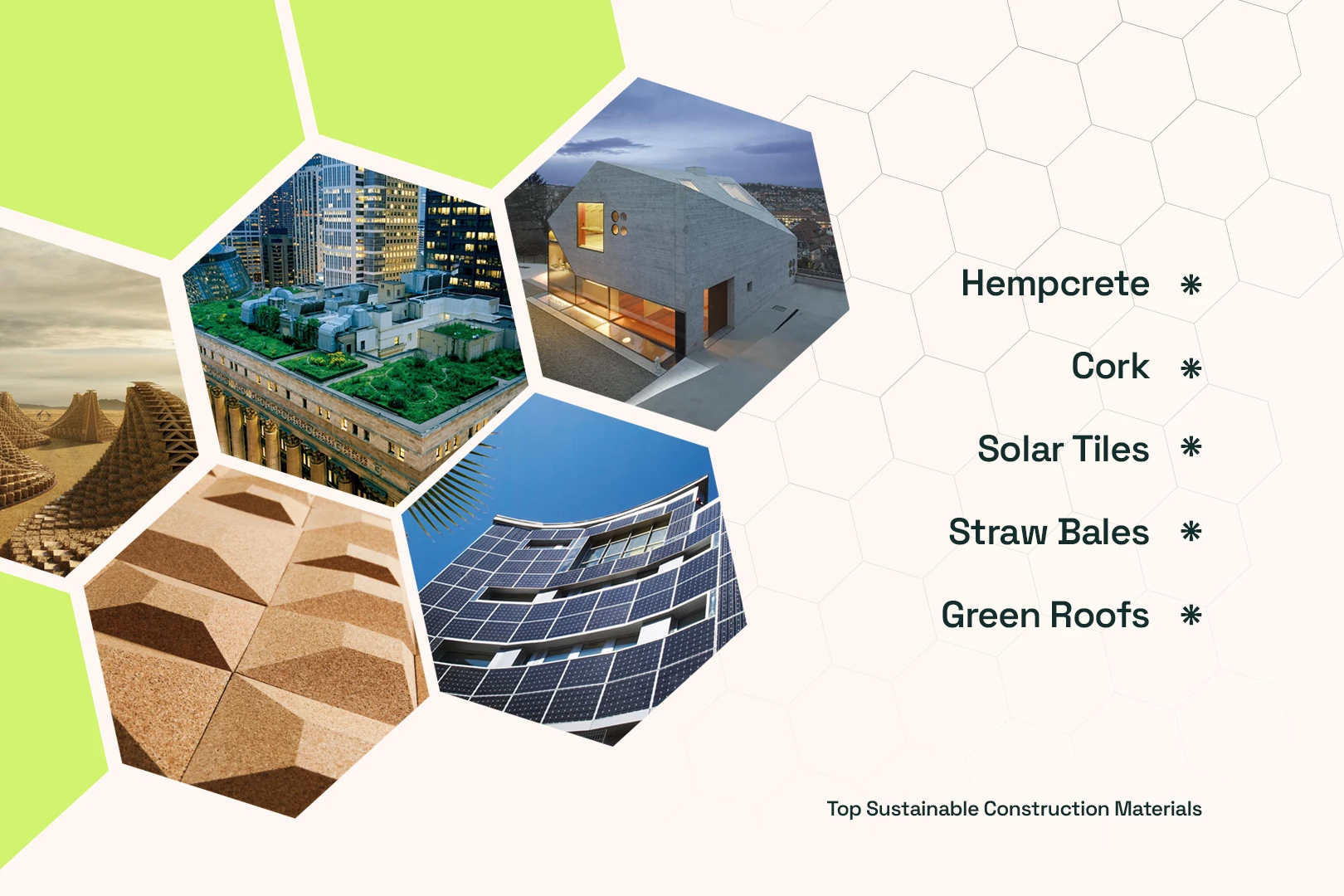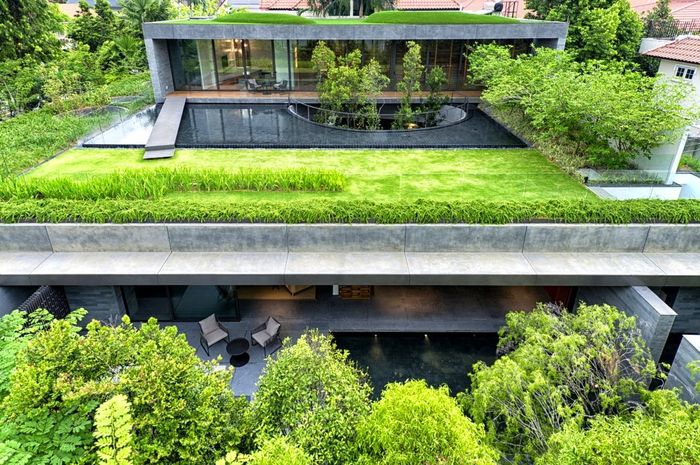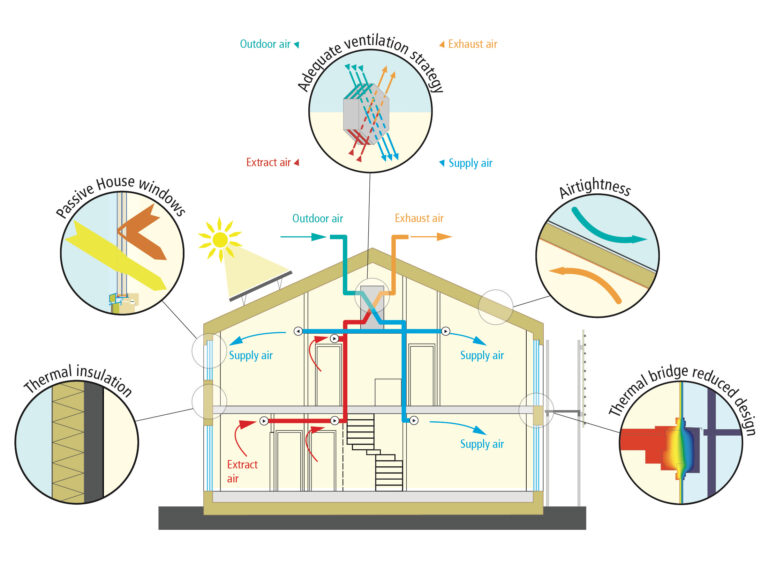Sustainable Building Materials
Here’s a list of sustainable building materials commonly used in eco-friendly architecture and construction, especially popular in 2025 due to their low environmental impact, durability, and energy efficiency:
🌱 Top Sustainable Building Materials (2025)
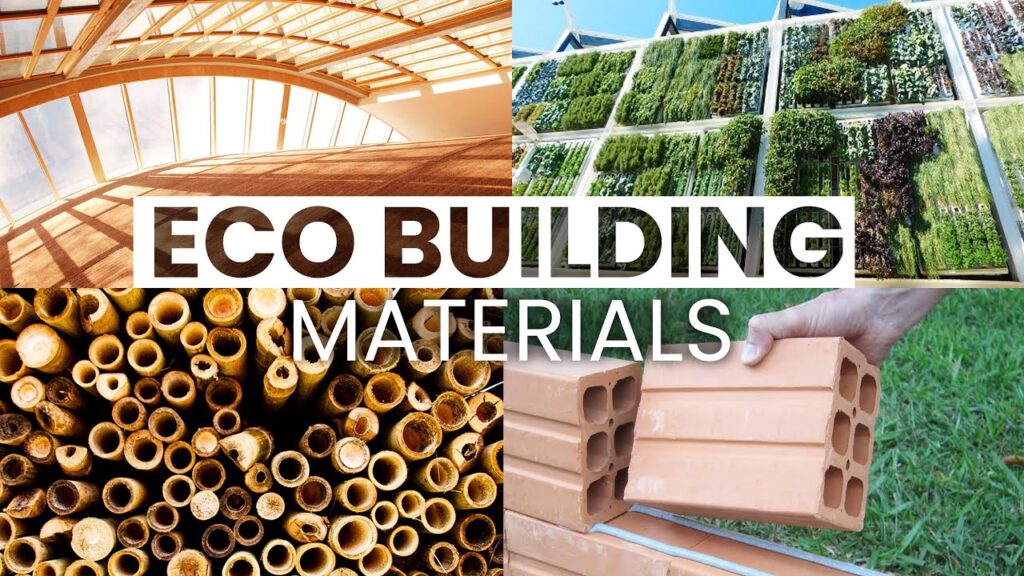
1. Bamboo
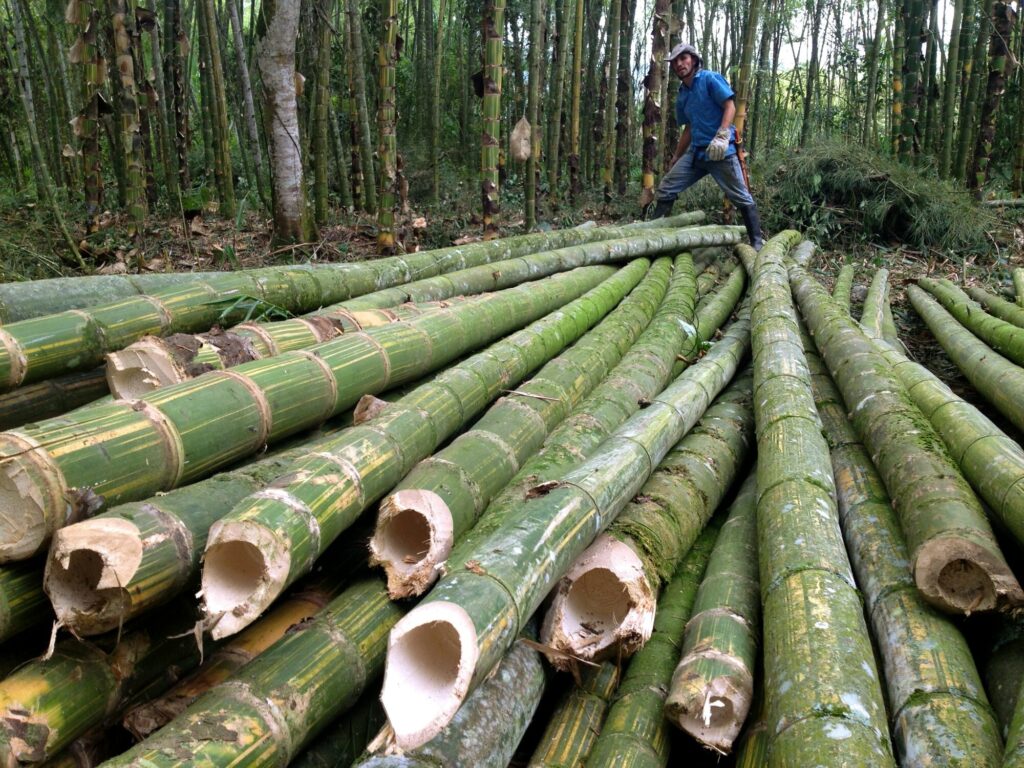
- Why it’s sustainable:
- Grows extremely fast (up to 3 feet/day).
- Renewable and biodegradable.
- Stronger than many hardwoods.
- Uses: Flooring, walls, furniture, structural framing.
2. Recycled Steel

- Why it’s sustainable:
- Made from scrap metal, reducing the need for mining.
- Highly durable and recyclable.
- Reduces construction waste.
- Uses: Structural frames, beams, roofing, cladding.
3. Hempcrete
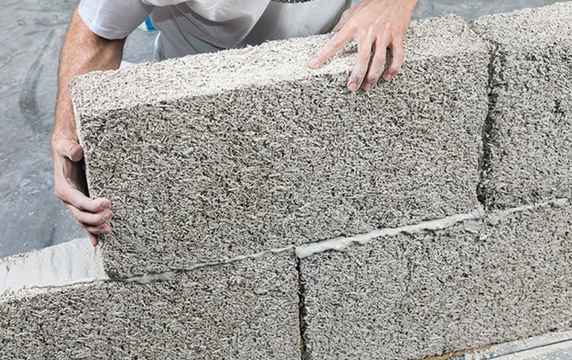
- Why it’s sustainable:
- Made from hemp fibers, lime, and water.
- Carbon-negative (absorbs more CO₂ than it emits).
- Excellent insulation properties.
- Uses: Walls, insulation blocks, flooring.
4. Cork
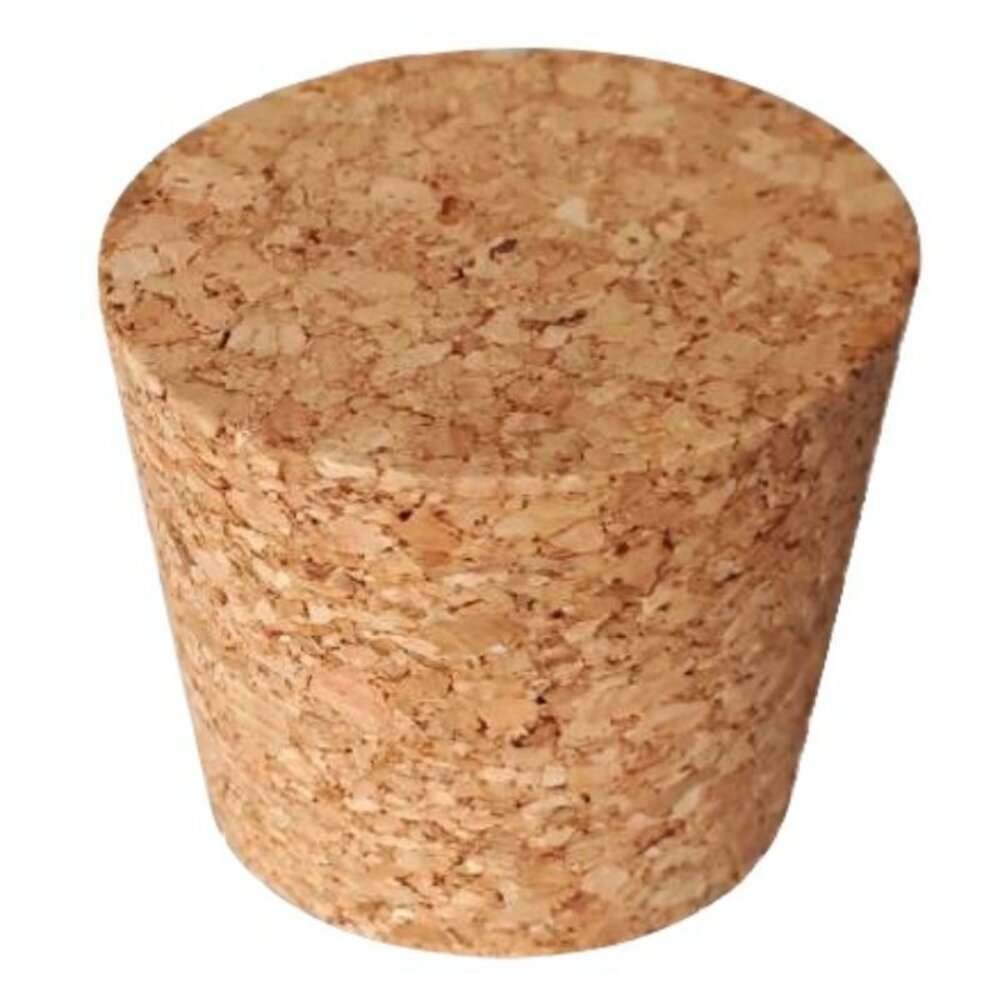
- Why it’s sustainable:
- Harvested without harming the tree.
- Naturally resistant to mold, moisture, and fire.
- Renewable and biodegradable.
- Uses: Flooring, wall panels, insulation.
5. Recycled Wood (Reclaimed Timber)
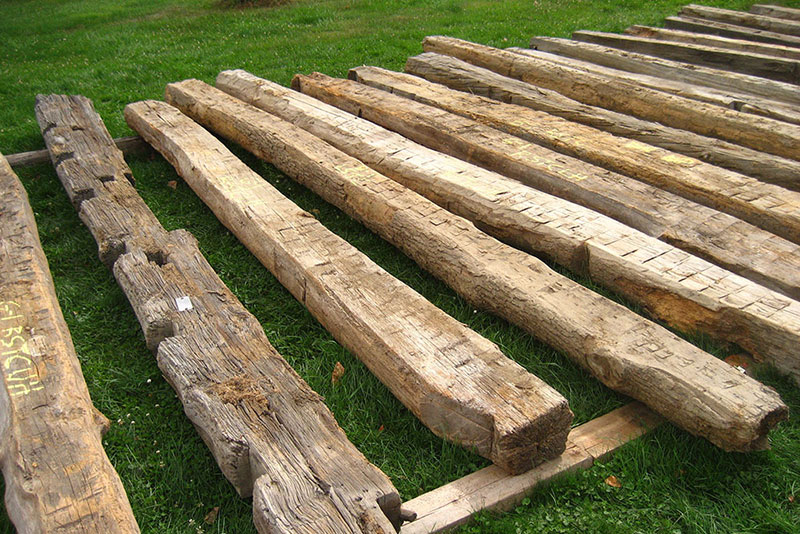
- Why it’s sustainable:
- Repurposes existing materials.
- Reduces deforestation and landfill waste.
- Uses: Flooring, walls, furniture, decorative elements.
6. Low-VOC Paints & Finishes

- Why it’s sustainable:
- Emit fewer toxic chemicals (VOCs), improving indoor air quality.
- Uses: Interior and exterior wall finishes.
7. Straw Bales
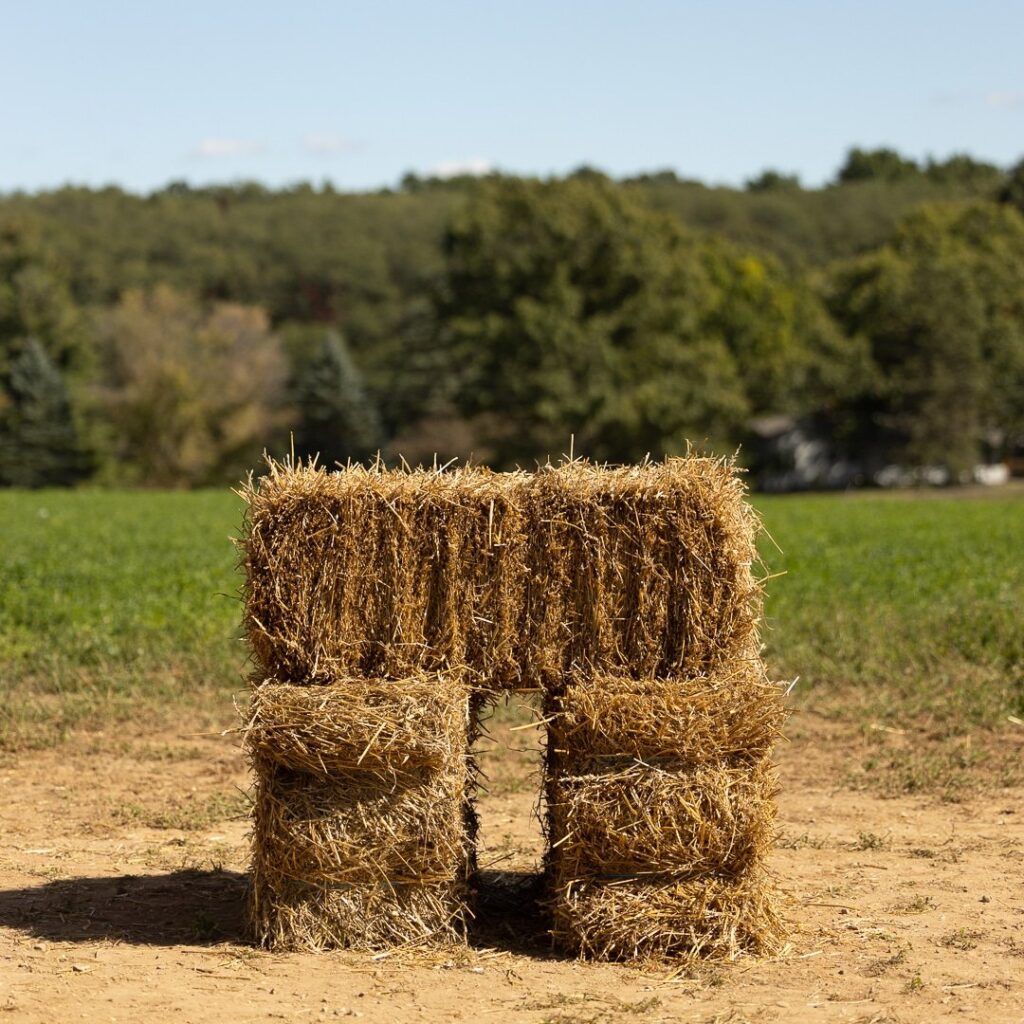
- Why it’s sustainable:
- Agricultural byproduct with excellent insulation.
- Biodegradable and low cost.
- Uses: Wall systems in low-rise buildings.
8. Ferrock
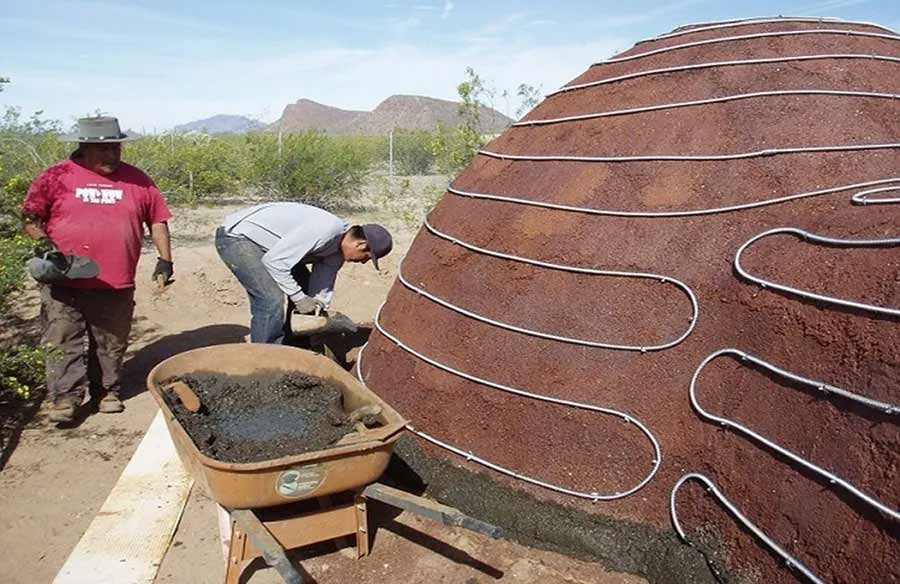
- Why it’s sustainable:
- Made from recycled steel dust and silica.
- Stronger than concrete and absorbs CO₂ as it hardens.
- Uses: Alternative to concrete in foundations, pavements.
9. Rammed Earth

- Why it’s sustainable:
- Natural, locally available material.
- Provides thermal mass for energy efficiency.
- Uses: Walls, foundations, passive homes.
10. Green Insulation (Sheep’s Wool, Cotton, Cellulose)
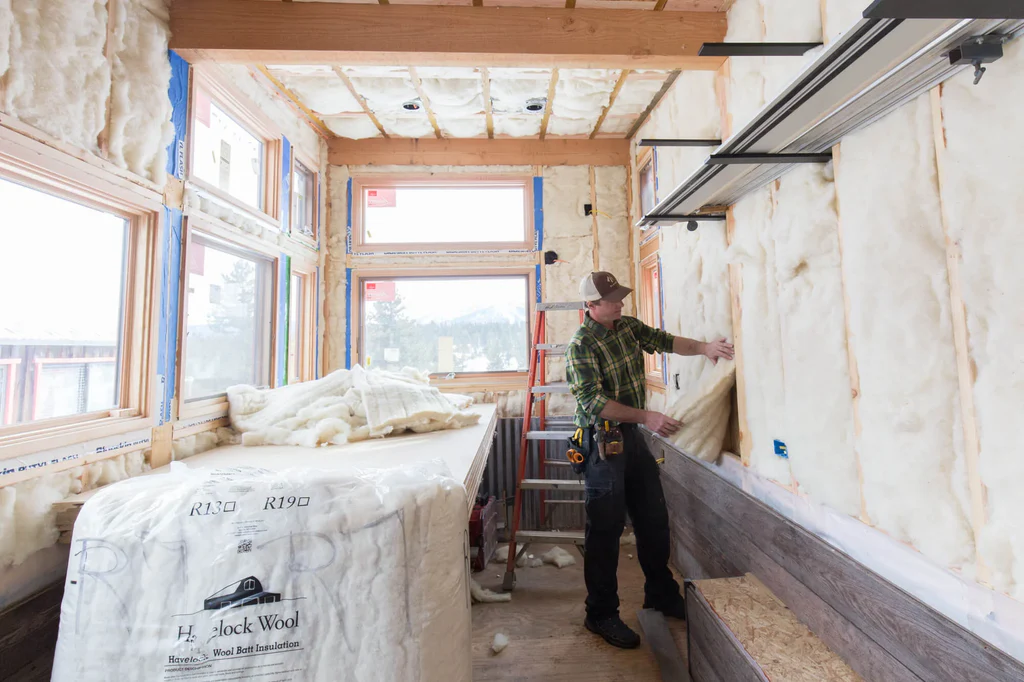
- Why it’s sustainable:
- Made from renewable or recycled sources.
- Low environmental impact and safe to handle.
- Uses: Wall, roof, and floor insulation.
✅ Benefits of Using Sustainable Materials:
- Reduced environmental impact
- Better indoor air quality
- Lower energy consumption
- Enhanced thermal comfort
- Durability and long-term cost savings
